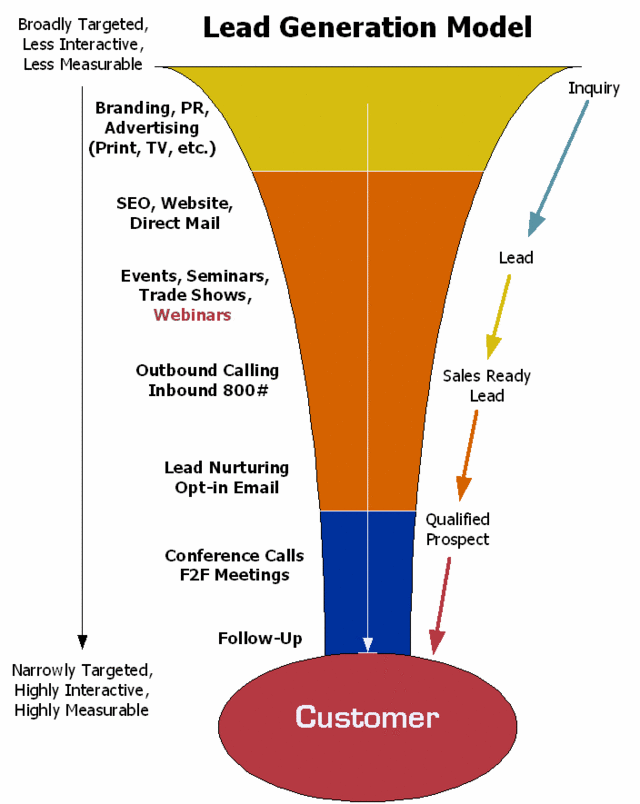
Lead nurturing is the process of nurturing potential customers (leads) into customers who have a high possibility of converting to a project or receiving an order. Lead nurturing is a solution to the problem that leads do not turn into deals right away, but leads that are not followed up are likely to become customers of a competitor.

Lead nurturing makes it easier for sales to turn leads into deals by nurturing them in the
marketing
department, without directly handing over the leads obtained through
lead generation to
sales. Lead nurturing targets customers who already have knowledge about your company’s products and services, but have not yet made a purchase.
The importance of lead nurturing
Lead nurturing fills gaps in sales activities by providing useful information such as
e-mail newsletters
, seminars, and web content at the right time over the medium to long term, and as a result, improves your company’s products and services. It has the potential to increase purchasing motivation. If you can incorporate lead nurturing, you will be able to efficiently follow up on leads without relying on the memory, intuition, or years of experience of sales representatives.
However, since the purpose of lead nurturing is to help customers deepen their understanding of products and services, it is necessary to promote communication with customers by using methods such as
inside sales
. Instead of a mechanical approach, we should aim for an approach that is more tailored to the customer by changing the content for each individual lead.

Common lead nurturing methods include the use of
marketing automation (MA)
(email newsletter distribution, web content distribution, scoring), telephone calls (inside sales), holding seminars and
webinars
, and
retargeting
advertising.
In order to conduct lead nurturing efficiently, it is important to convert the acquired leads into data and compile them in one place. By converting it into data, the collected leads can be used in MA tools and inside sales departments.

Reference article


